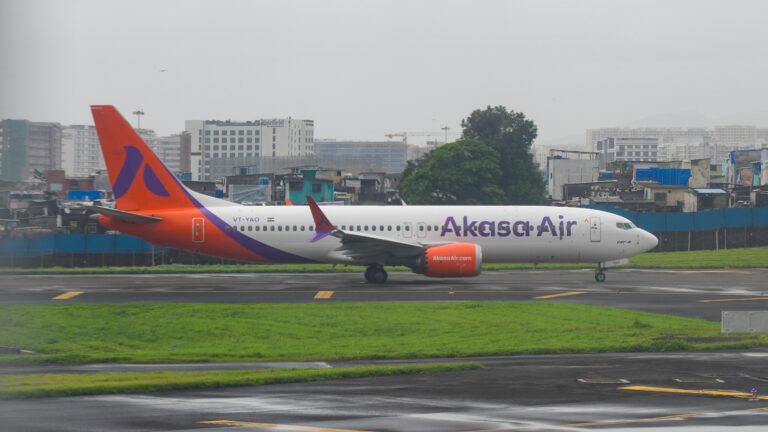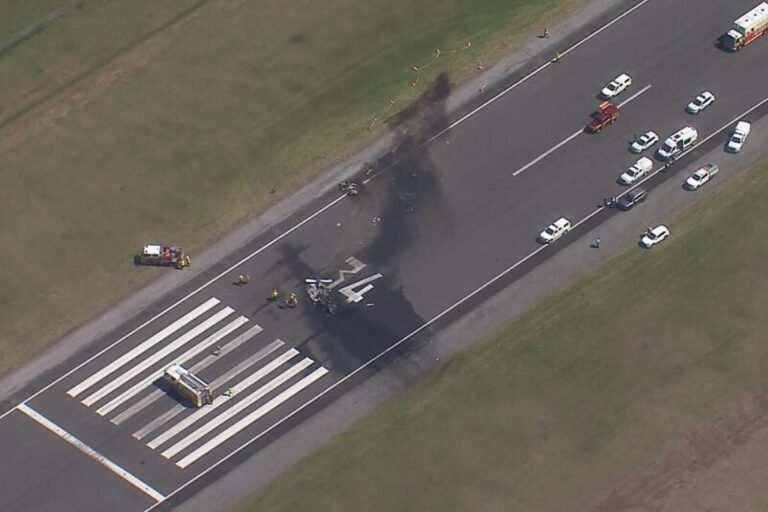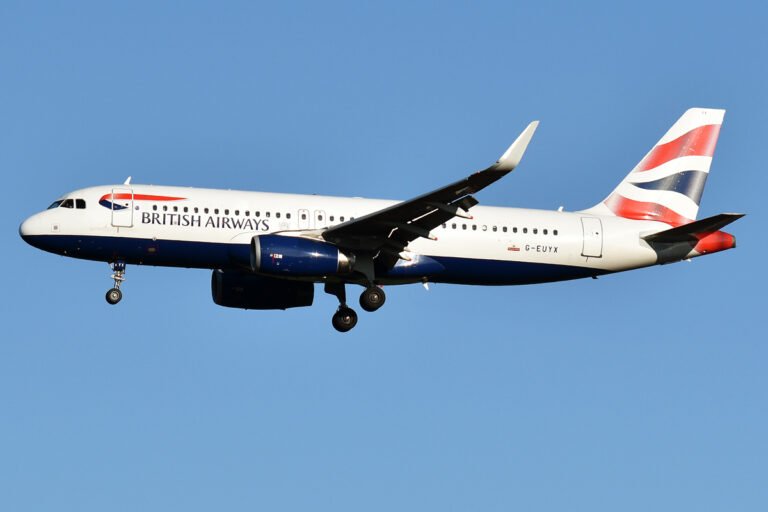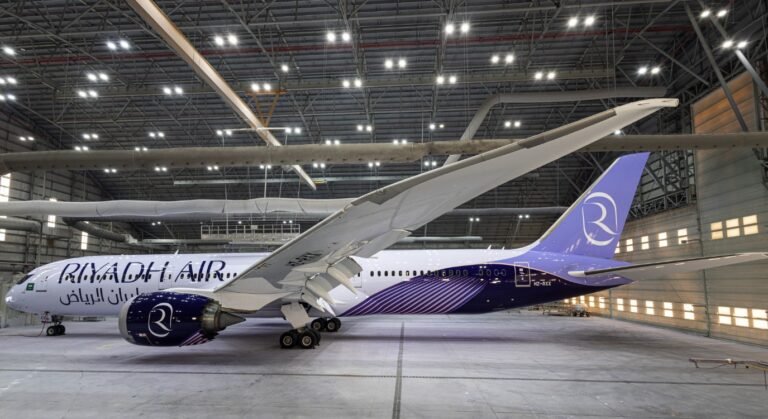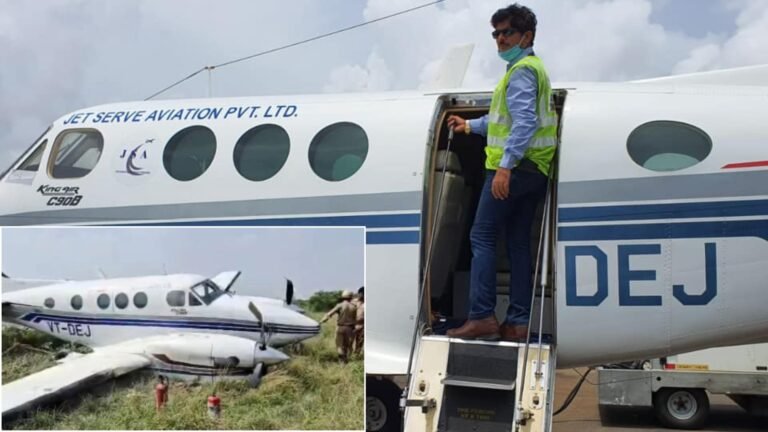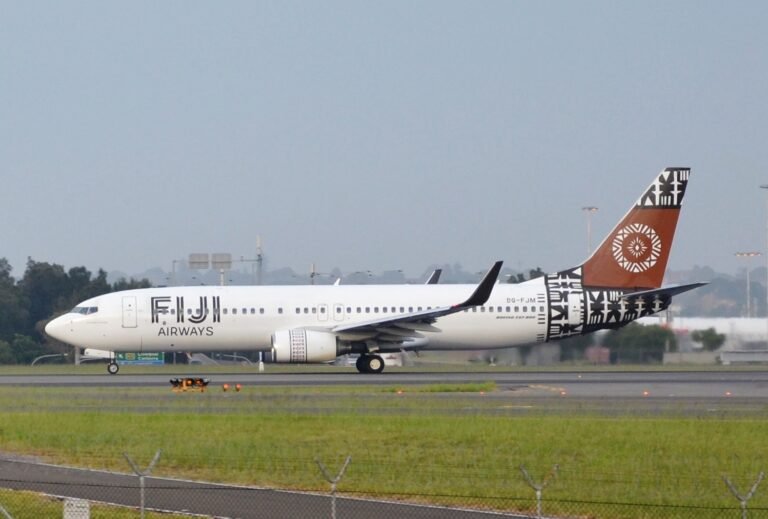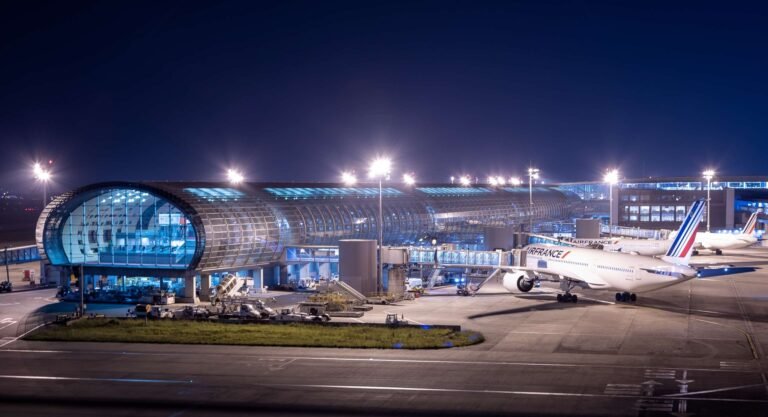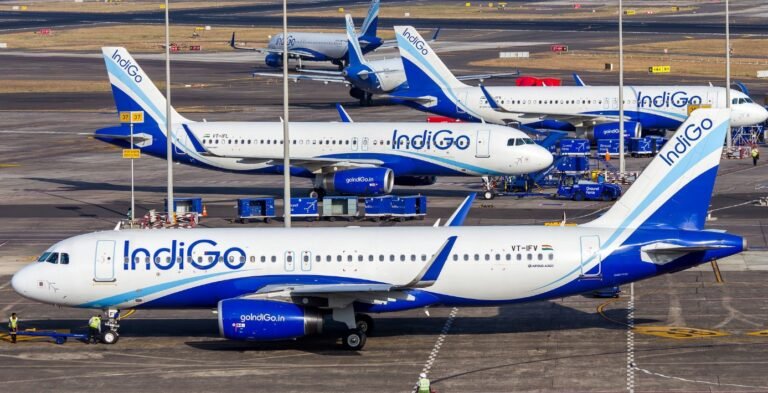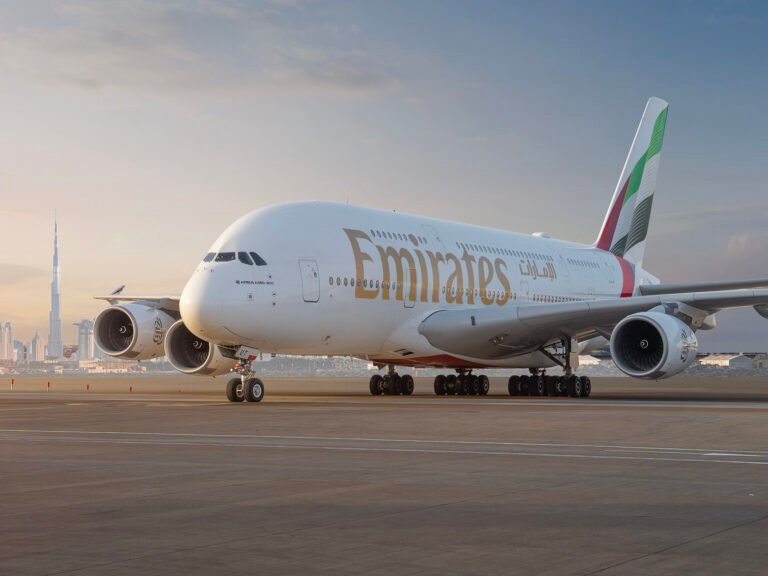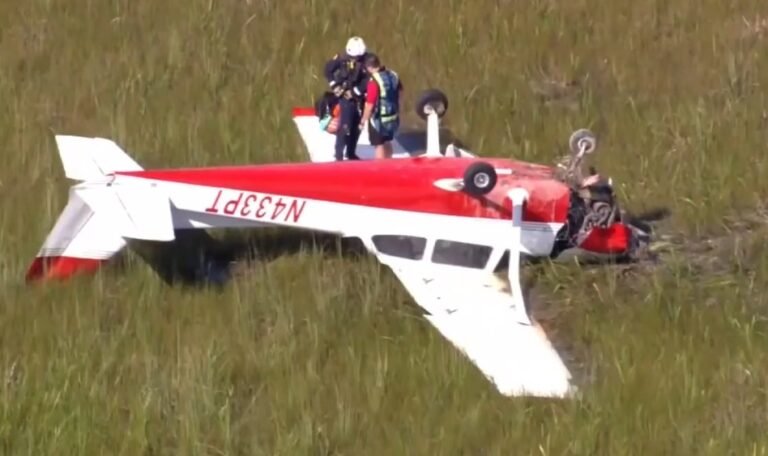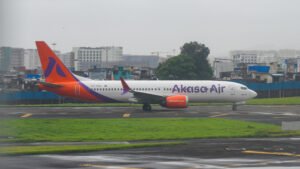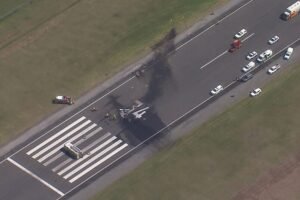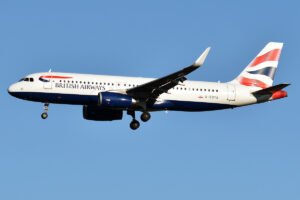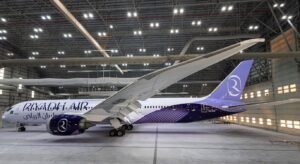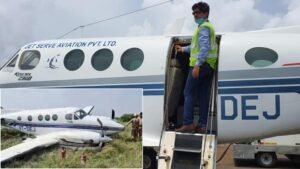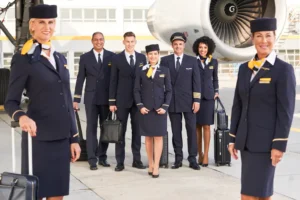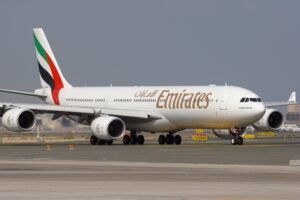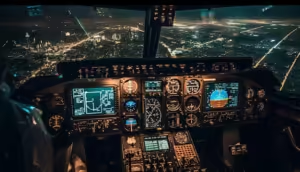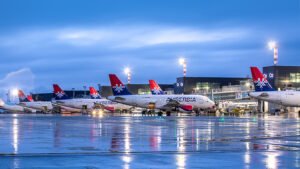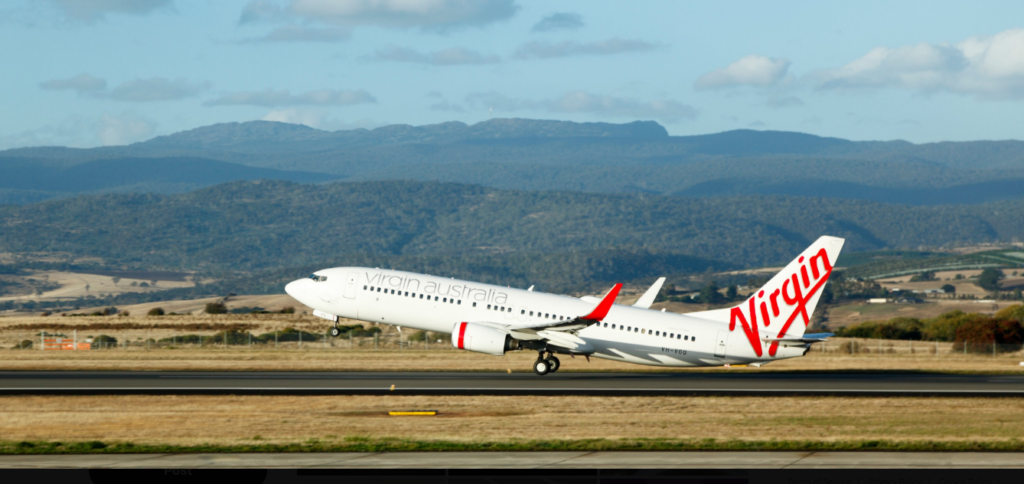
Sydney, Australia: Australia’s domestic aviation sector is struggling to match seat supply with surging passenger demand, with the Australian Competition and Consumer Commission (ACCC) warning that capacity remains below pre-pandemic levels despite a full recovery in travel volumes.
According to the ACCC’s Domestic Airline Competition in Australia report released in August 2025, seat capacity in June was 2.8% lower than in June 2019, even though passenger numbers had fully recovered and, in some cases, exceeded pre-COVID benchmarks. In May 2025, Australian carriers transported 5.20 million domestic passengers, up 1.6% compared with May 2019. The mismatch between supply and demand is evident in the load factor, the proportion of available seats actually sold which rose to 80.7% in June 2025 from pre-pandemic averages of about 78%.
The ACCC noted that the capacity shortfall has kept airfares elevated. Although jet fuel prices dropped by 12.3% year-on-year, average fares in June 2025 were still higher than the same month last year. The regulator attributed this to limited seating availability, which has reduced the scope for last-minute fare discounts, particularly on peak routes. “The lack of significant competition and constrained supply means consumers are seeing fewer low-fare options,” the ACCC said in its report.
The sector has shown notable improvements in operational reliability. April 2025 recorded an on-time arrival rate of 82.4%, the highest in three years and above the long-term average of 80.7%. Cancellations have also remained low, averaging under 2.2% in April and May, with a slight uptick to 2.4% in June. Jetstar and Virgin Australia achieved the best punctuality and cancellation performance, while Qantas reported comparatively higher cancellation rates.
The capacity lag stems from a combination of structural and market factors. The collapse of Tigerair in 2020 removed a substantial share of low-cost capacity from the market. New entrants such as Bonza have struggled to establish sustainable operations, and Rex’s expansion on trunk routes has been limited. Global supply chain disruptions and manufacturing delays have also constrained fleet expansion. Aircraft delivery backlogs, driven by production issues at major manufacturers, have delayed capacity growth plans for both Qantas and Virgin Australia.
Qantas Group is in the process of receiving additional aircraft, including narrowbody jets redeployed from Jetstar Asia. Virgin Australia expects delivery of six Boeing 737 MAX 8 aircraft by December 2025. However, much of the incoming fleet will replace older planes rather than significantly expand seating capacity. Industry analysts note that upcoming infrastructure developments could provide relief. Slot reforms at congested airports and the opening of Western Sydney International (Nancy-Bird Walton) Airport in 2026 are expected to improve access for both existing and new operators.
The ACCC has repeatedly expressed concern over the high level of market concentration, with Qantas Group and Virgin Australia controlling more than 98% of the domestic market. The regulator has urged measures to encourage competition, warning that the duopoly limits consumer choice and pricing flexibility.
While passenger demand has fully recovered from pandemic lows, Australia’s domestic aviation market continues to operate with constrained capacity. The ACCC expects gradual improvement as airlines take delivery of new aircraft and as infrastructure projects come online, but warns that pricing pressure may persist in the near term.

